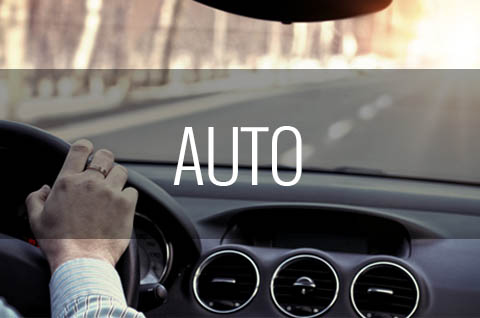Auto insurance
Protects you
Auto insurance protects you against financial loss if you have an accident. It is a contract between you and the insurance company. You agree to pay the premium and the insurance company agrees to pay your losses as defined in your policy.
An auto insurance policy is comprised of six different kinds of coverage. Most states require you to buy some, but not all, of these coverages. If you’re financing a car, your lender may also have requirements.

It’s really all about protecting yourself financially.
An auto insurance policy is comprised of six different kinds of coverage. Most states require you to buy some, but not all, of these coverages. If you’re financing a car, your lender may also have requirements.
Most auto policies are for six months to a year.
Click here to access our quote form and we will contact you.The six parts of an auto policy
Your auto policy may include all 6 coverages or some of them. Each coverage is priced separately.
Each state requires that you have certain types of coverages with minimum liability limits. The insurance industry recommends that your bodily injury liability limits be $100,000 per person and $300,000 per occurrence.